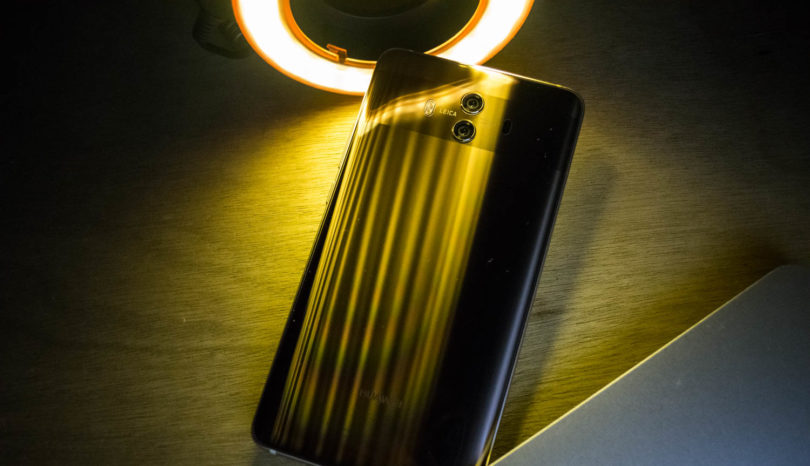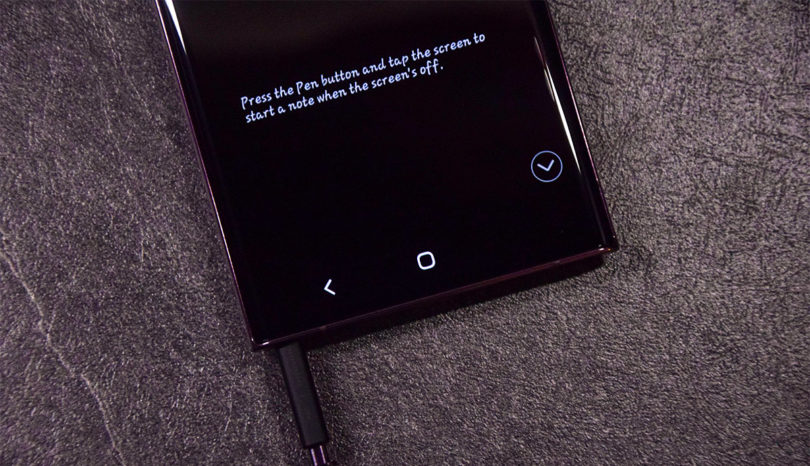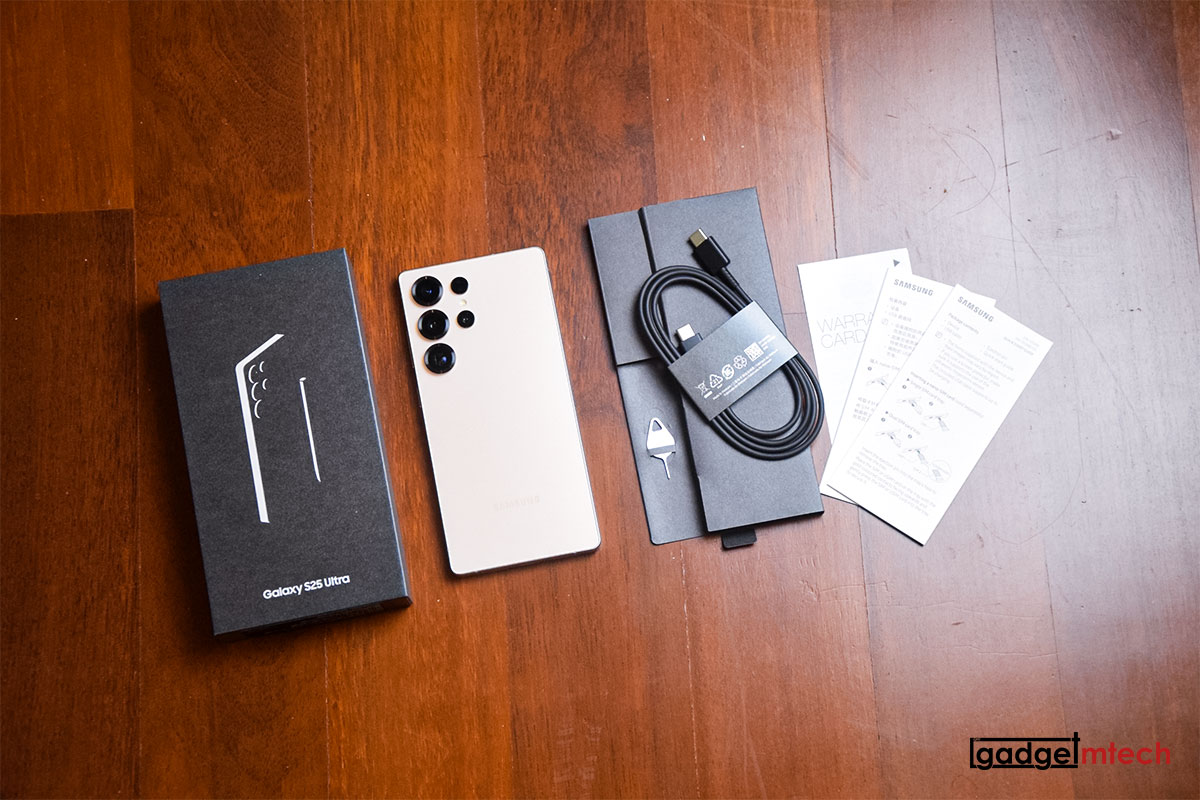Introduction
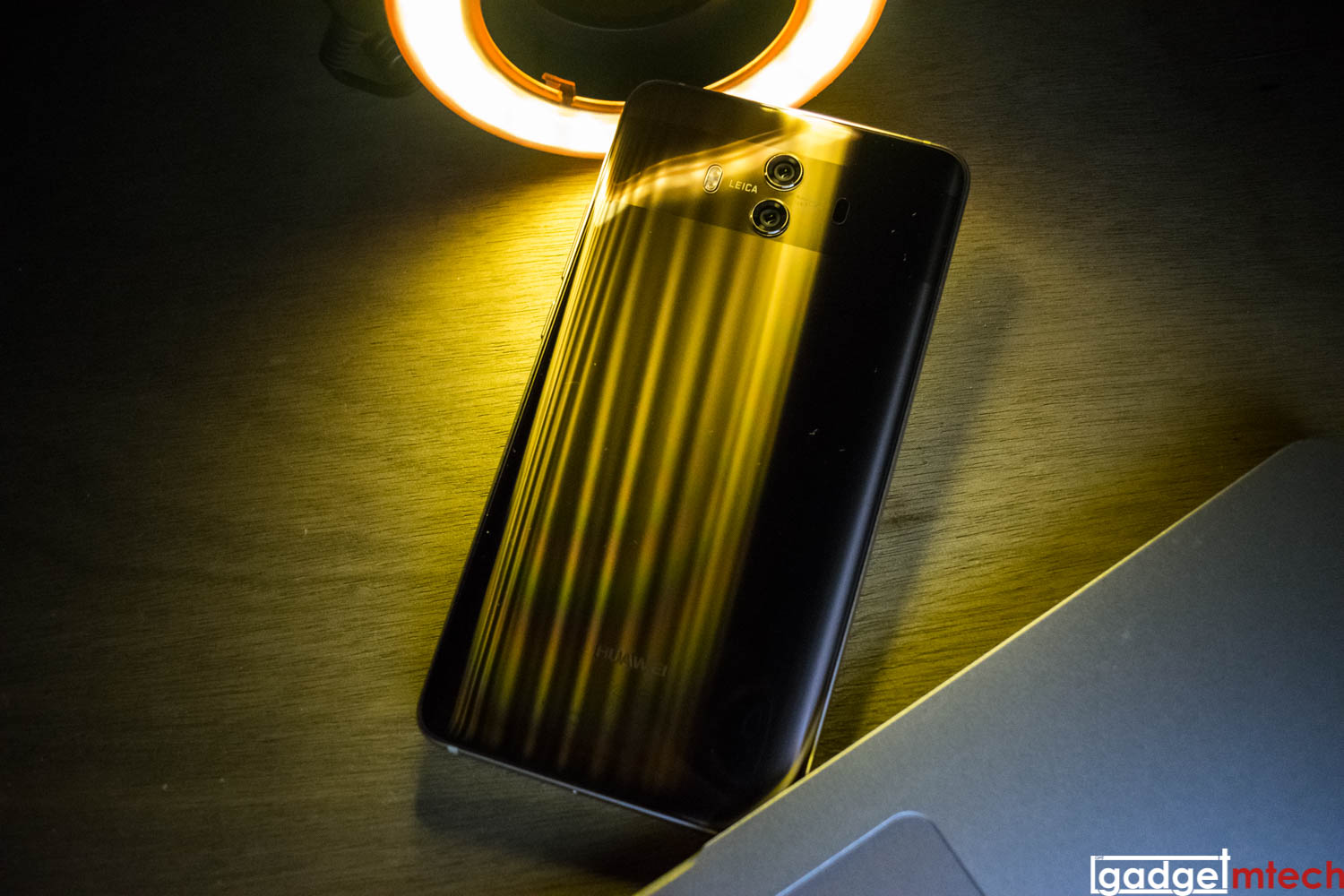
About a year ago, we reviewed the Huawei Mate 9, which was one of the best Huawei smartphones I must say. The company announced the Huawei Mate 10 series in Germany last October, and we finally got a chance to review the regular version — Huawei Mate 10. Without further ado, let’s dive into the full review!
Unboxing
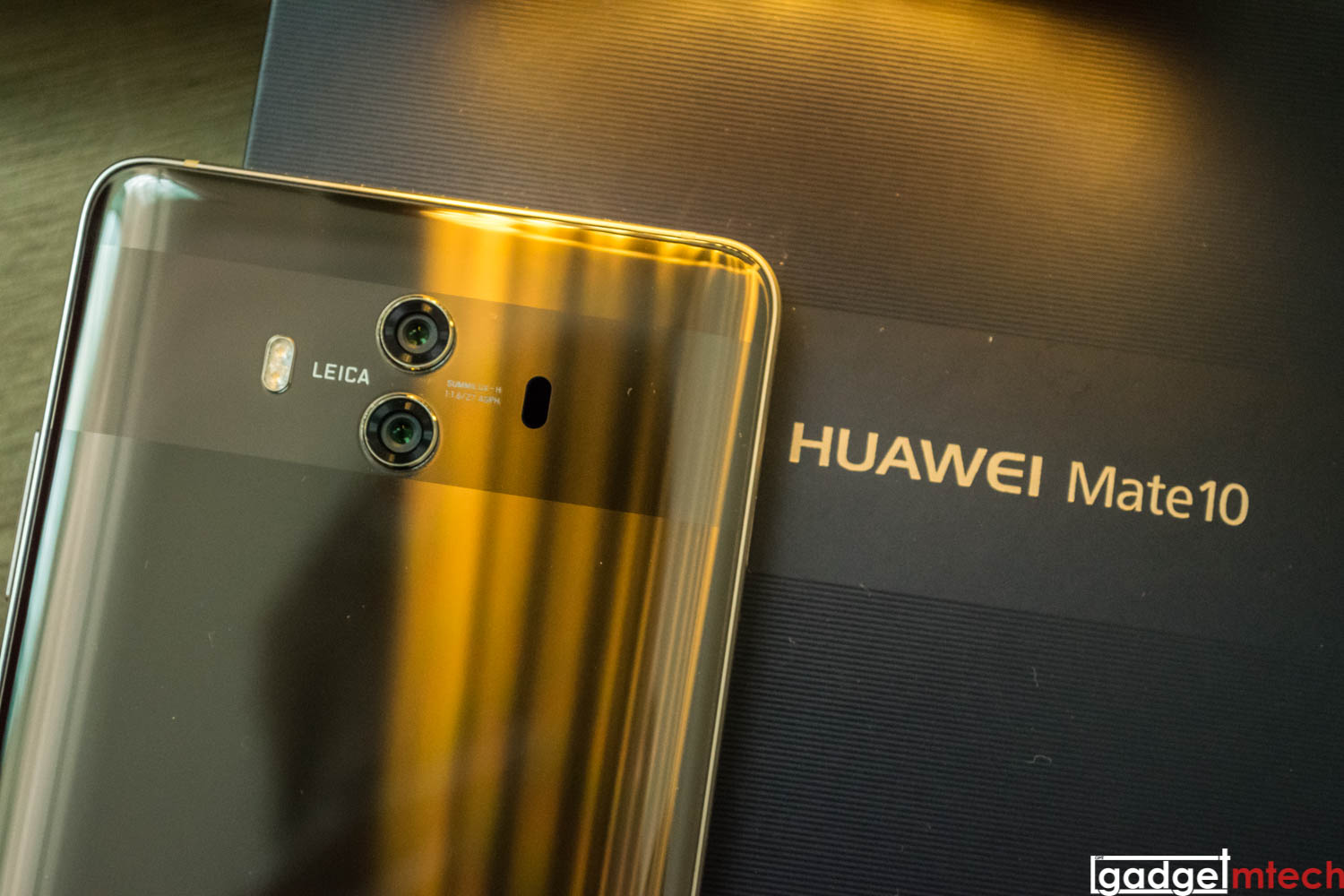
Like its predecessor, the Mate 10 comes in a premium black box, and the content in the box is pretty similar to last year’s:
- Huawei Mate 10
- Quick Start Guide
- SIM Ejector Tool
- Wall Charger
- USB Type-C Cable
- Earphones
- TPU Case
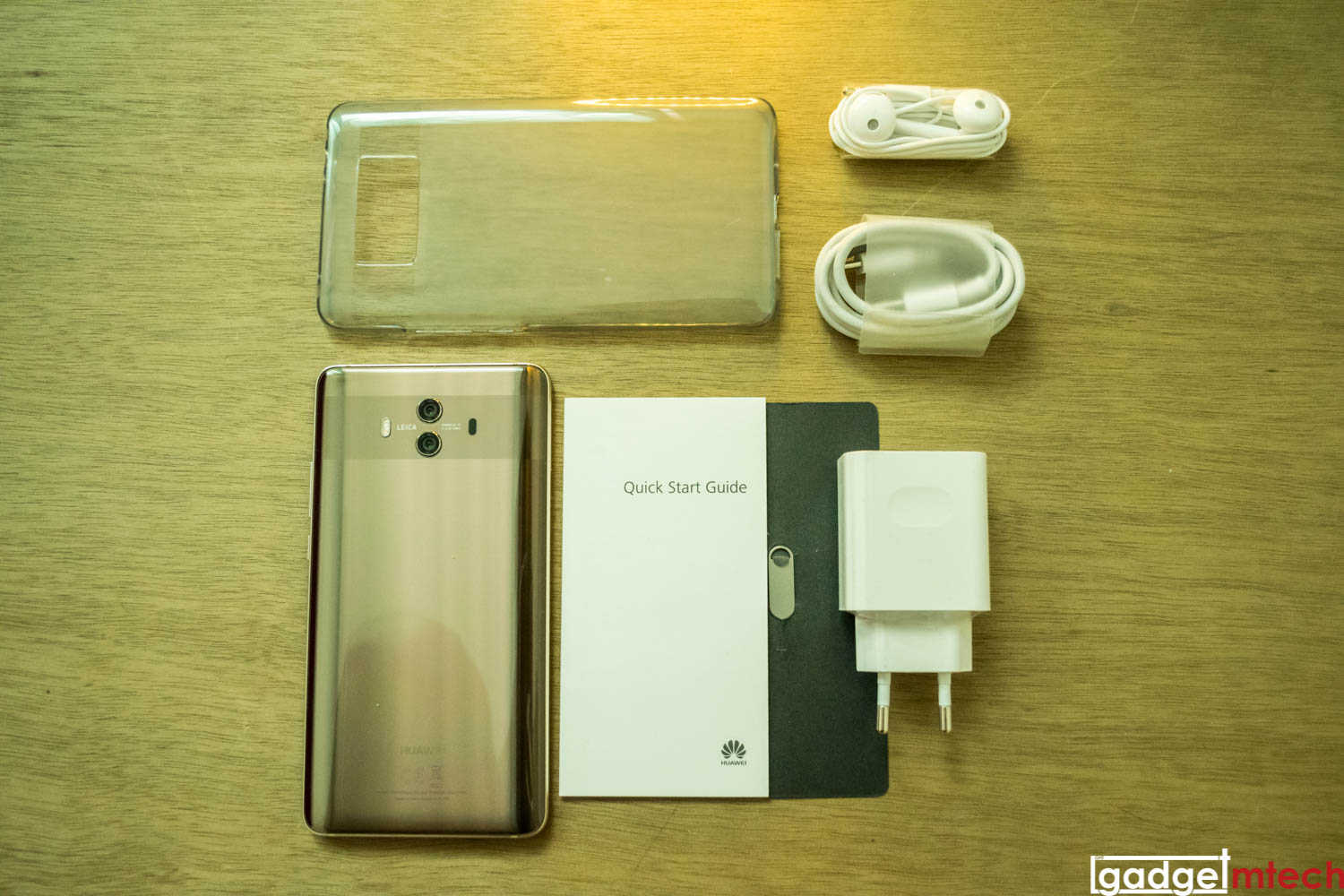
Like I said before in other reviews, having a phone case included in the box is really a sweet idea. This year, the TPU case feels more durable than before, Huawei certainly has improved the quality of the protective case.
Glass Sandwich Design
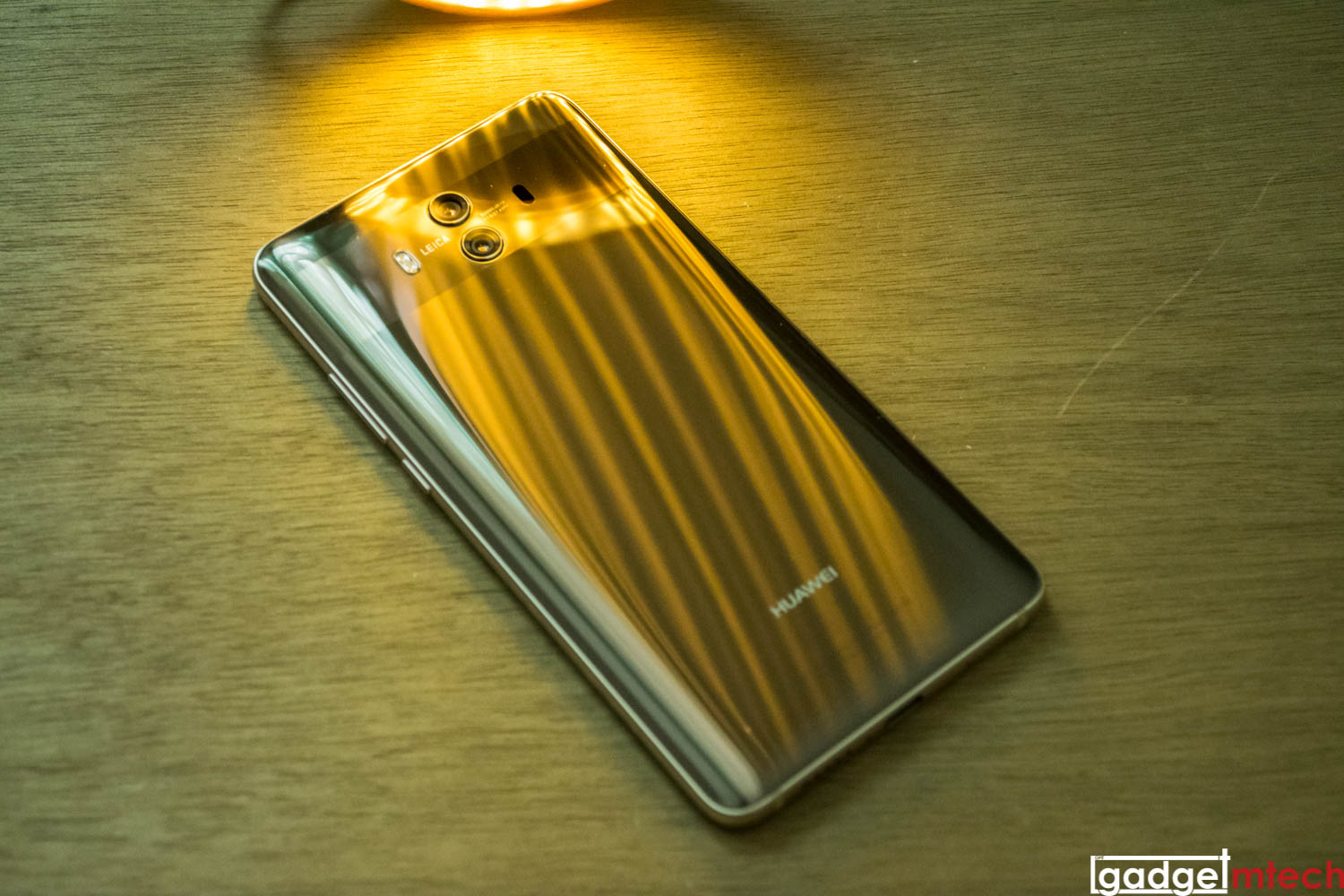
In terms of design, the Mate 10 shares the same design language as its predecessor. However, with glass sandwich design being one of the current smartphone trends, it’s not surprising to see that the Mate 10 now also features the glass sandwich design. Its rear glass has a pretty nice light reflection, but the separated dual-camera lens design seems pretty weird, prefer the Mate 9 one, to be honest.
The fingerprint sensor has been moved to the front of the phone below the display. In a way, it looks kinda like those concept phones I’ve seen on the internet as the bottom chin of the phone is quite small. The top of the phone houses the mic, IR blaster, and the 3.5mm audio jack. Huawei is the only company that still keeps the IR blaster for the flagship smartphones, which I personally enjoy using it. Kudos to that! The bottom of the phone houses another mic, USB-C port, and the speaker grill.
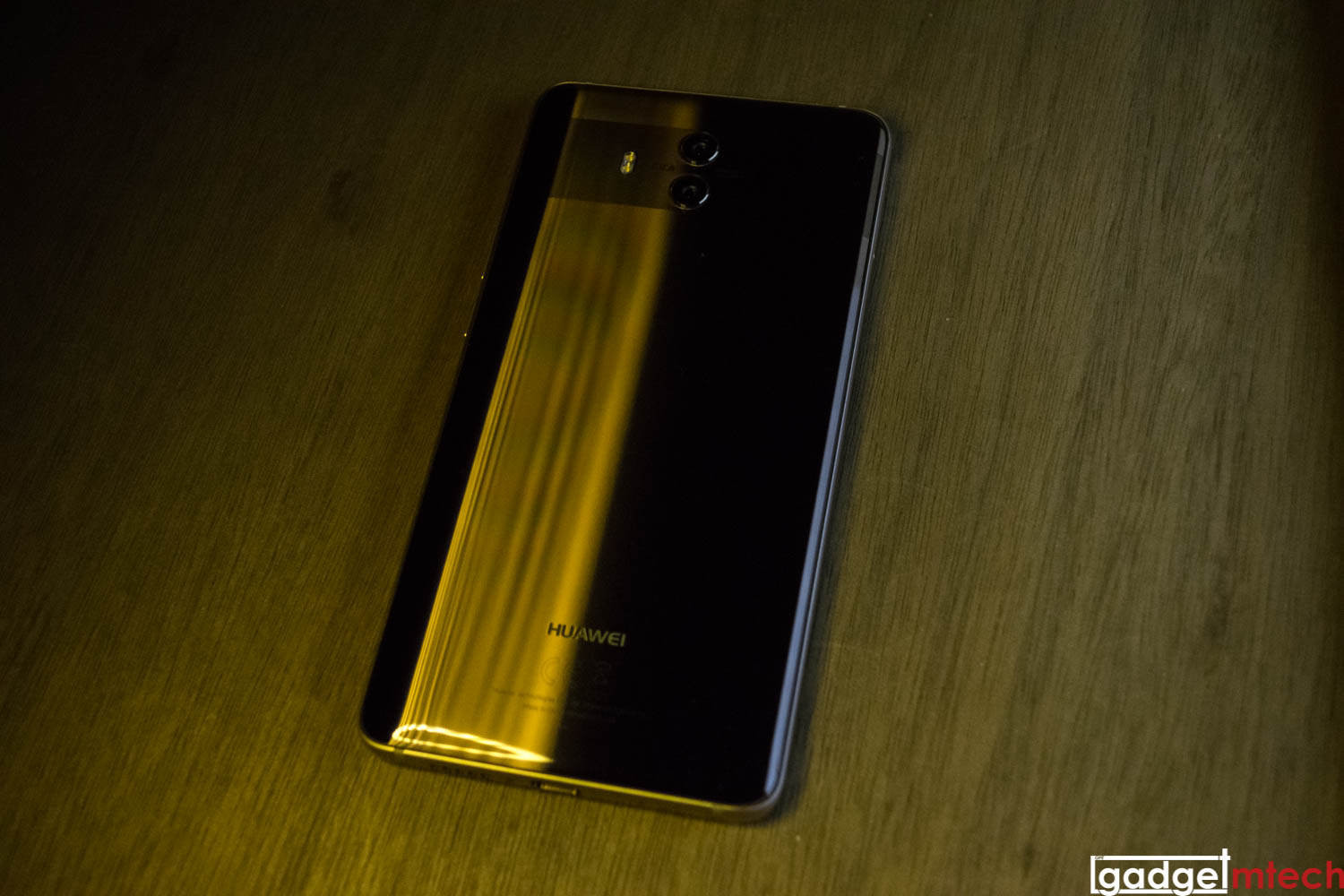
Overall, the Mate 10 has one of the best smartphone designs out there, though the phone is quite slippery and prone to fingerprints, just like many other glass sandwich smartphones.
Conventional 16:9 Display
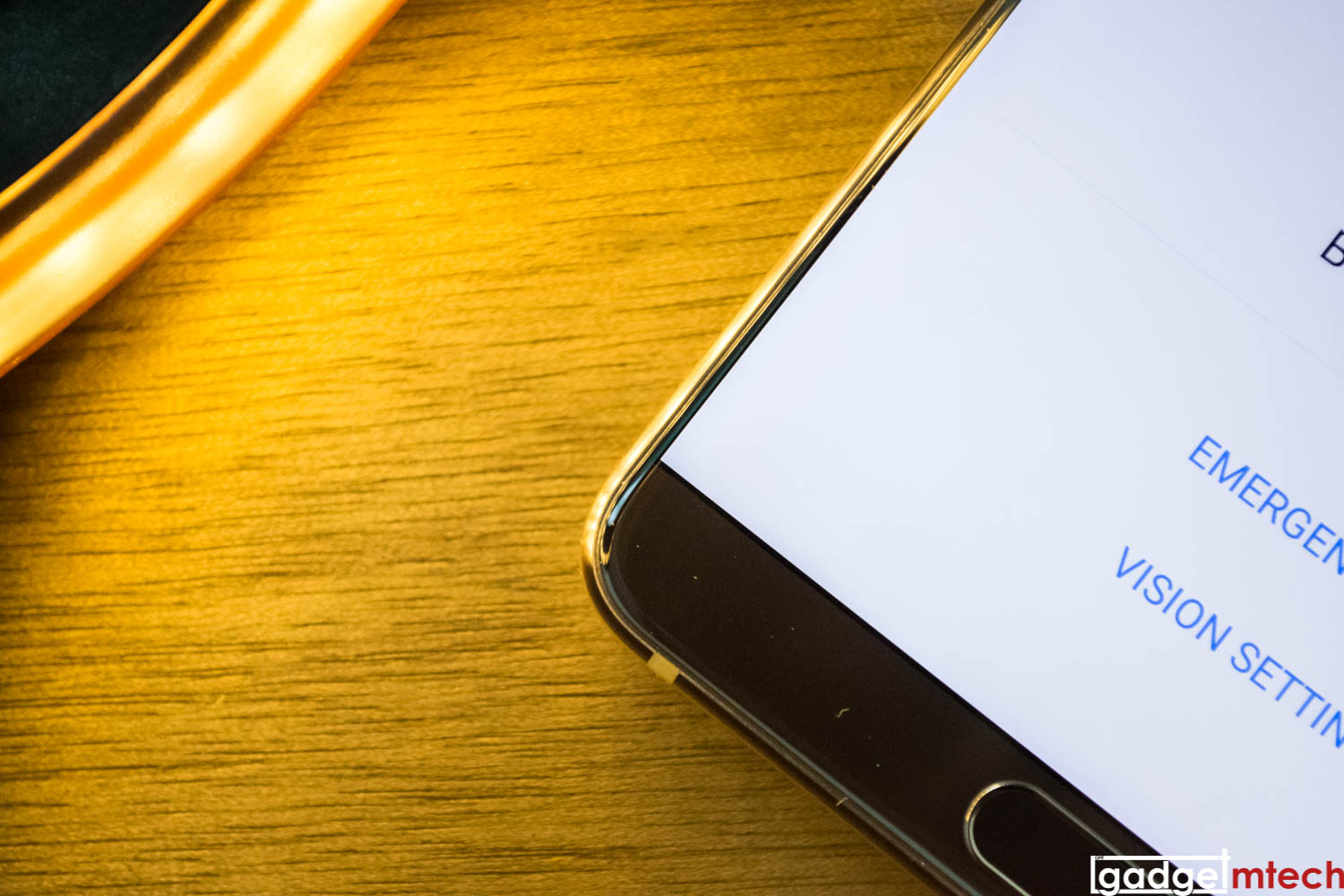
The Mate 10 sports a 5.9-inch QHD IPS FullView display, it’s a traditional 16:9 display, by the way. The bezel is pretty thin, but maybe I’ve been seeing too many 18:9 phones, I personally felt that the phone is quite wide to hold in one hand.
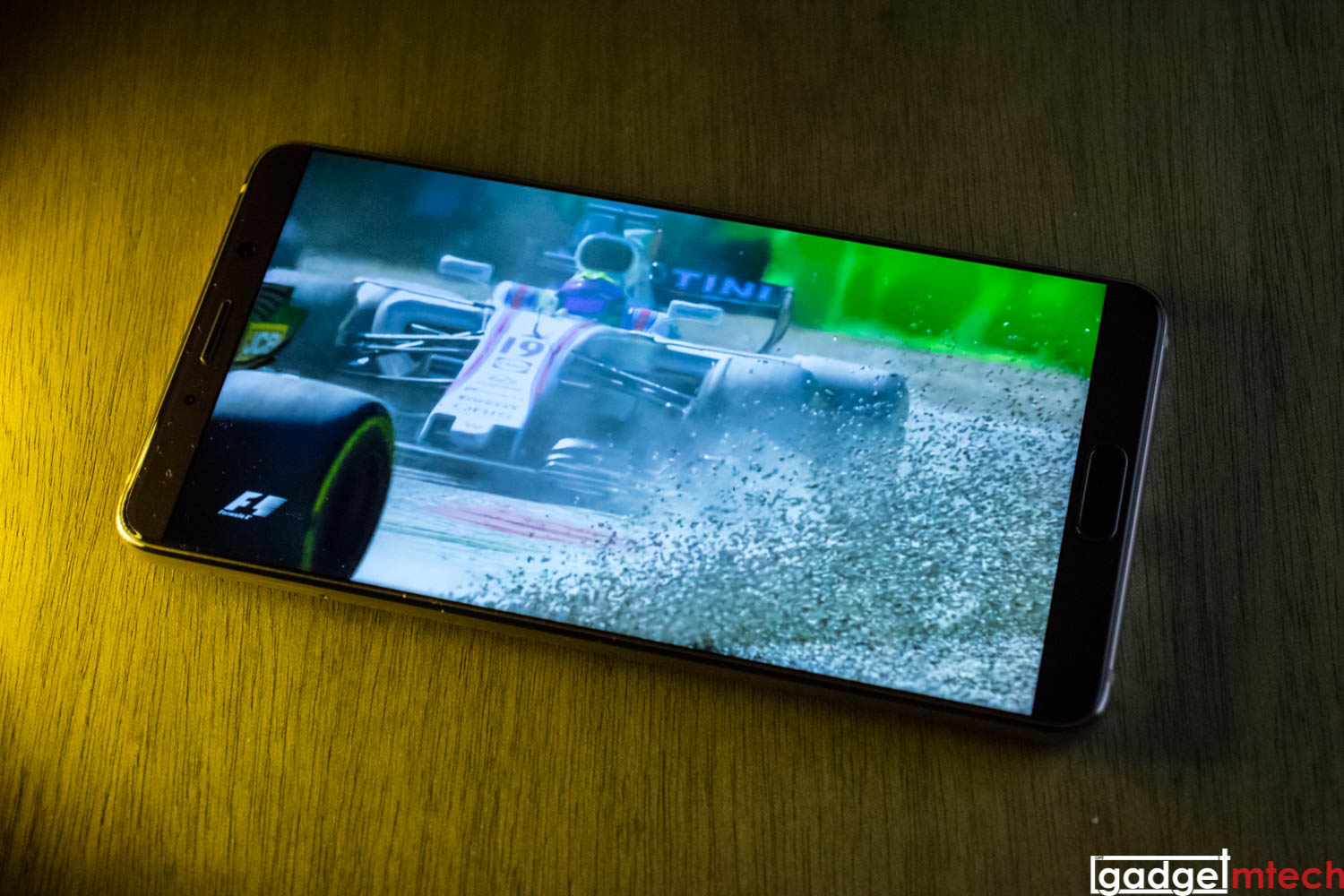
Nothing much to complain about the screen quality as I’m quite satisfied with everything, from sharpness, colors, to viewing angles. Though it still doesn’t show the deepest black like the AMOLED screen, I’m still okay with it. I normally use the phone in 1080p screen mode, mainly to conserve more battery.
Kirin 970 SoC
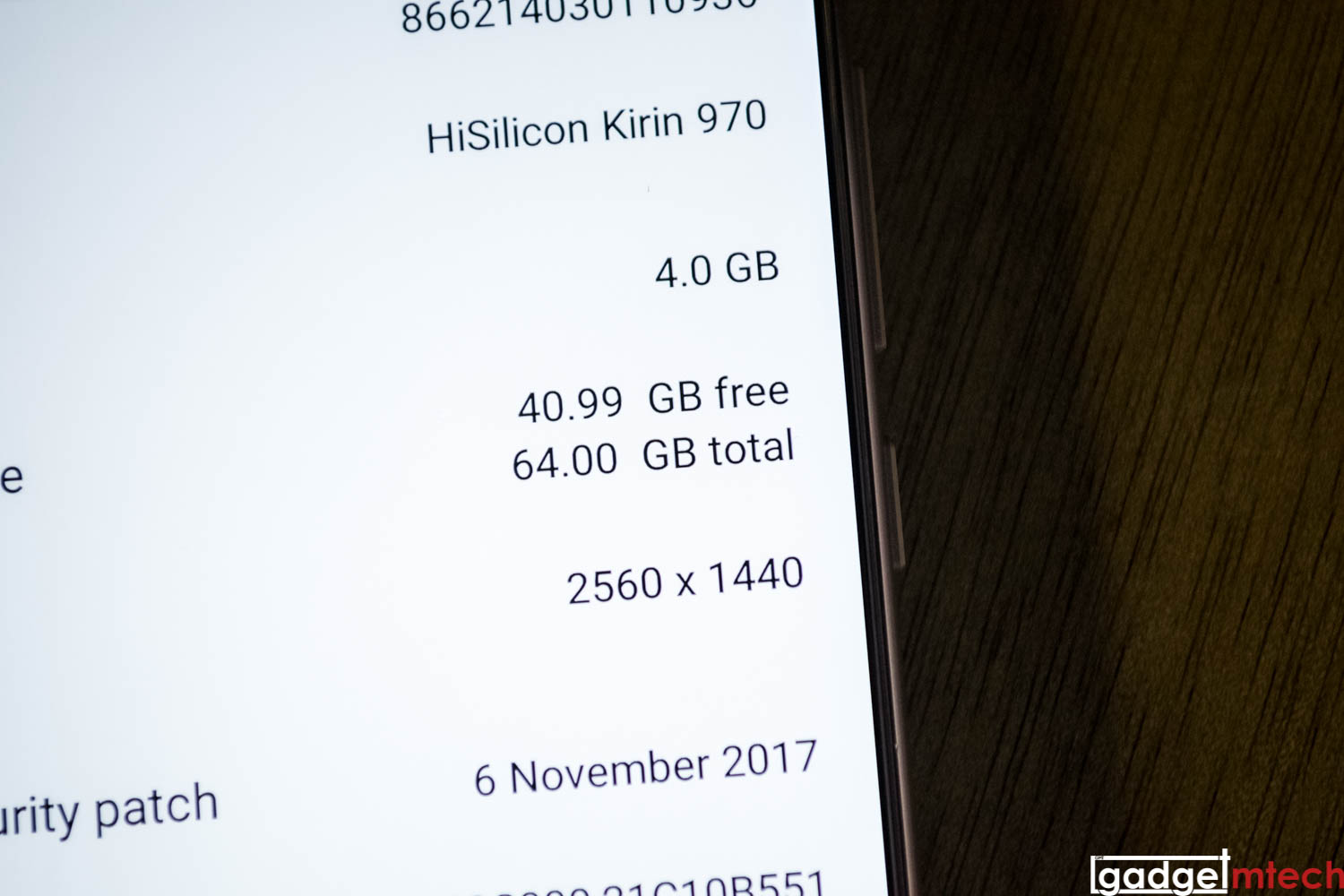
Powering the Mate 10 is the company’s own Kirin 970 SoC, which comes with a dedicated NPU (Neural-Network Processing Unit). This 10nm processor is aided with 4GB RAM and 64GB expandable storage. In terms of performance, the Mate 10 performs without much hiccups or lags, mostly those hiccups are caused by the software. Gaming wise, I would say that the Mali-G72 MP12 GPU still isn’t as good as its rivals, but most demanding mobile games are still playable at a reasonable frame rate.
EMUI 8.0 with Oreo
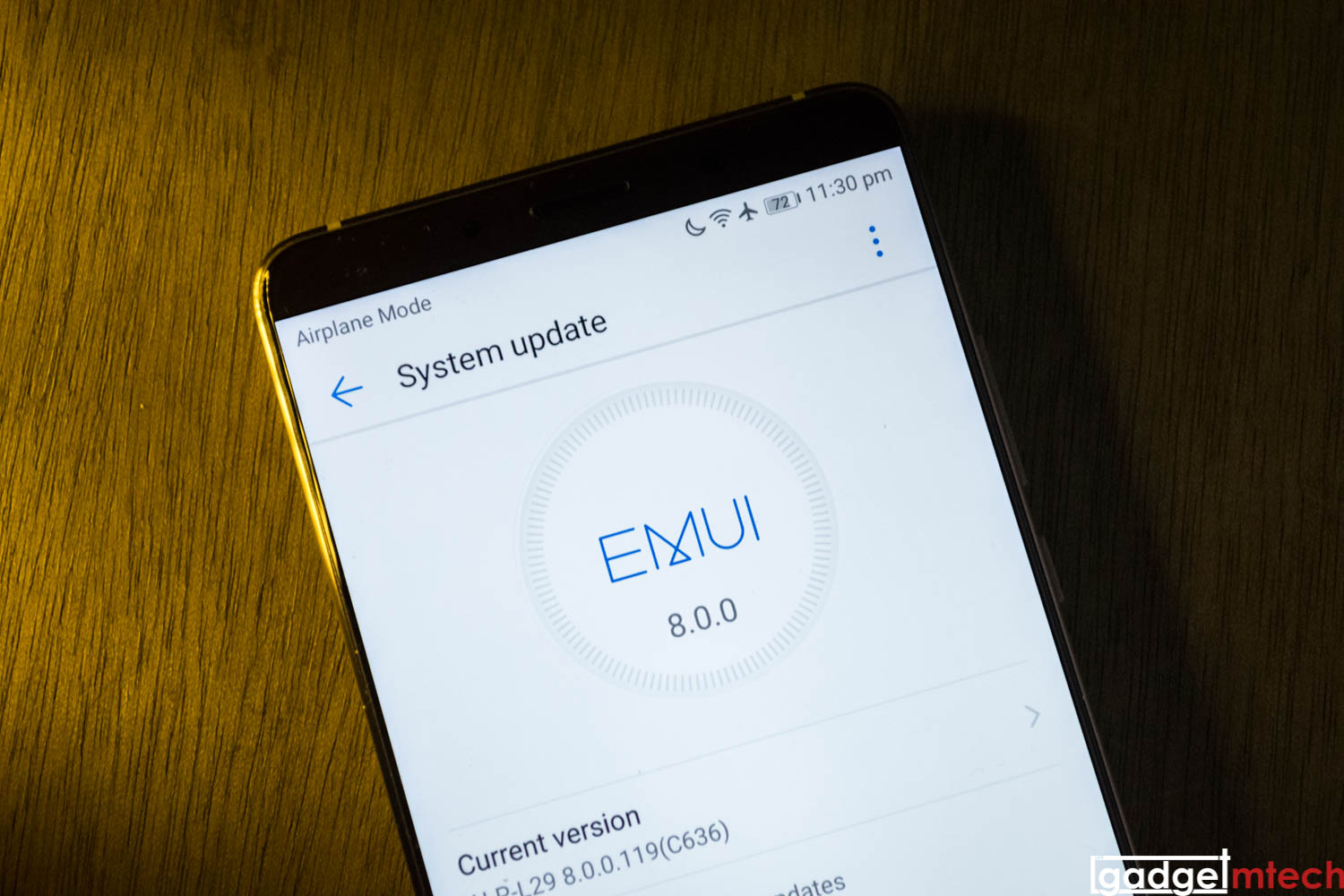
If you’ve been reading my reviews about Huawei devices, you’ll know that I’m not really a fan of EMUI. The Mate 10 runs on EMUI 8.0 based on Android 8.0 Oreo. Yup, this is one of the few phones in 2017 to launch with Android 8.0 Oreo out of the box. For some reasons, Huawei decided to skip EMUI 6.0 and EMUI 7.0, probably just to get in-sync with the Android version? Nothing much has really changed in terms of interface and features, Huawei generally just fixing those little bugs and issues over the previous version, as well as adding some Android 8.0 features to it.
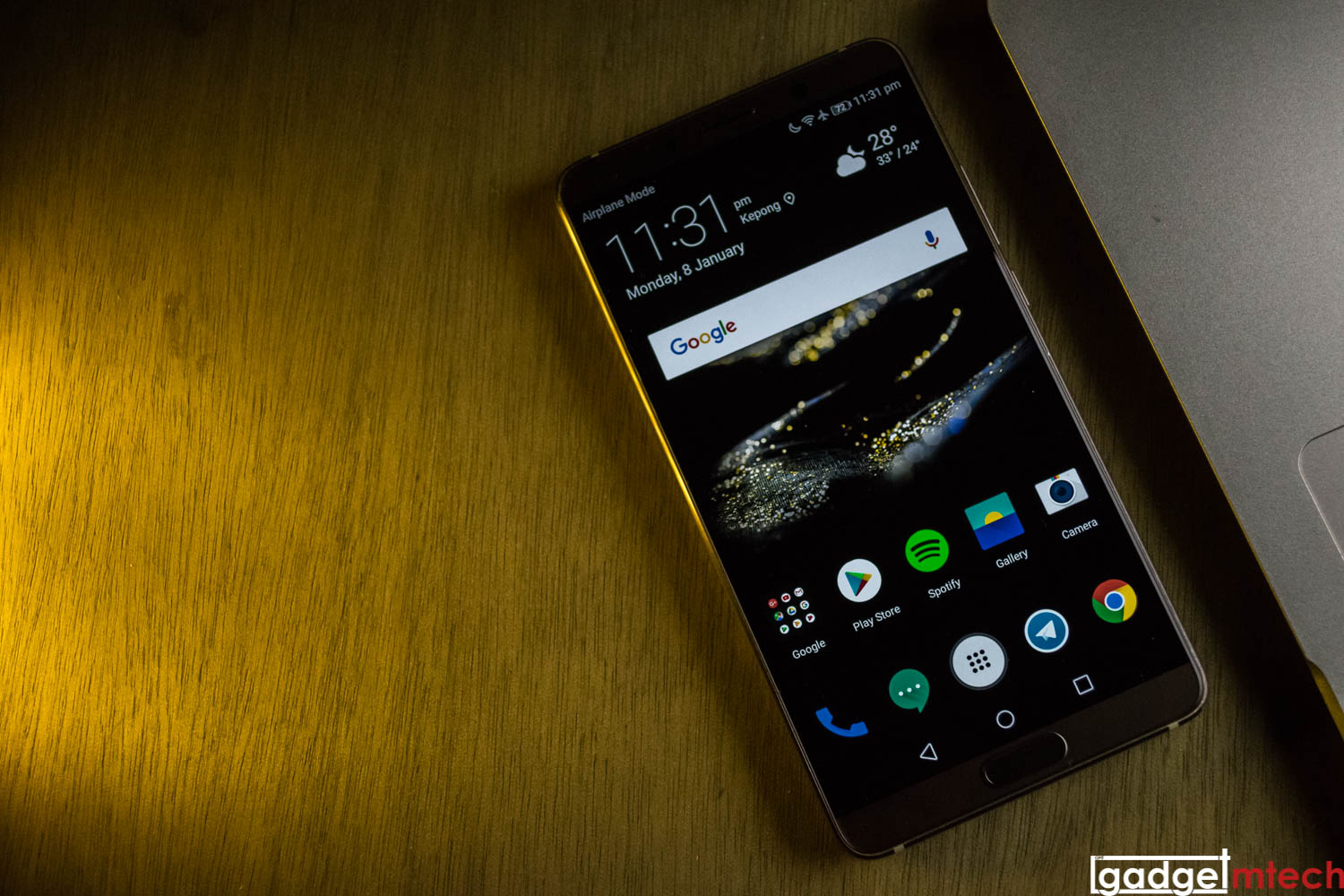
Smart Screen is a new feature that converts to a desktop when you connect to an external monitor. All you need to do is just get a USB-C to HDMI cable and connect the phone to an external monitor. Unfortunately, I wasn’t able to test out this feature due to the limited resources I have.
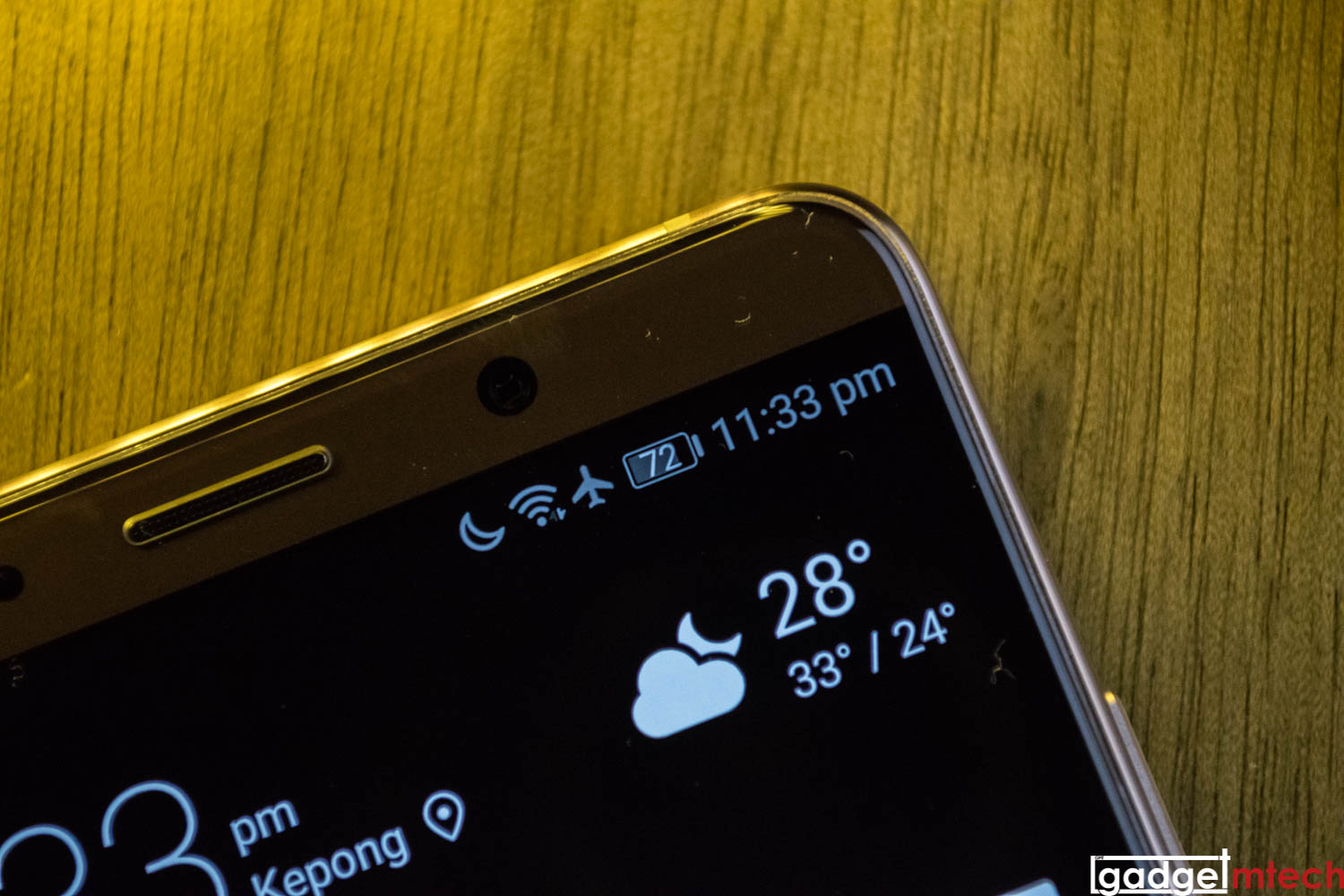
Now, back to the complaint. EMUI just really not fully optimized and having problems with Google apps and services, just like previous versions. This time around, I’m experiencing YouTube contents not loading in the app, even though I’m connected to quite a reliable internet. Obviously, this isn’t an easy job to fix as the more you modified on top of the Android version, the more problems and bugs you’ll get. Perhaps, a stock Android edition Mate 10 one day in the near future?
Dual Leica f/1.6 Camera
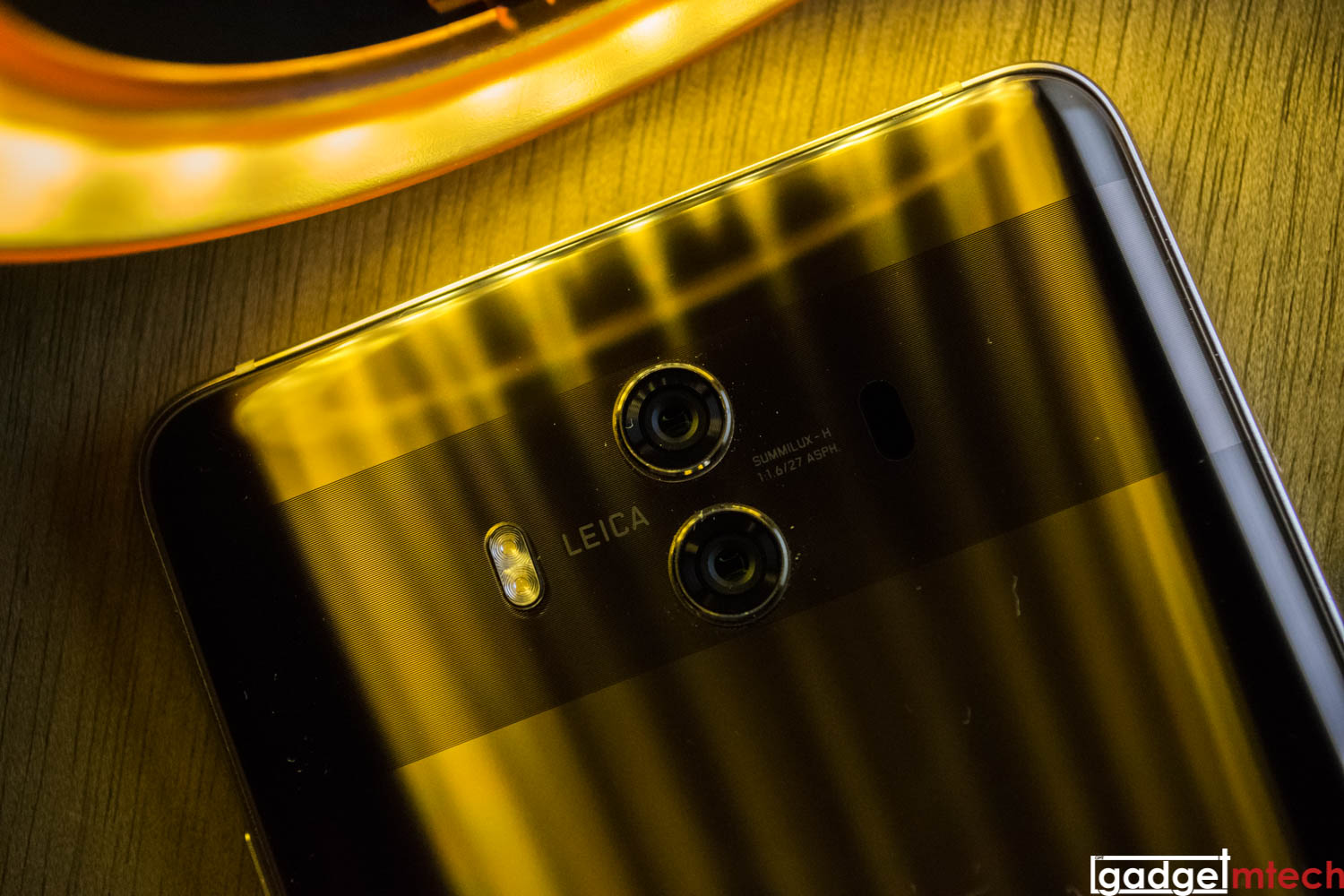
The camera is where the company highly promoted, the device now packs the brand new dual Leica f/1.6 camera on its back — 20MP monochrome + 12MP RGB. According to Huawei, here’s what the company said about the role that AI plays in the camera:
With intelligent photographic algorithms, the Huawei Mate 10 identifies, in real-time, different types of scene and object*, automatically adjusting color, contrast, brightness, exposure and more to produce vibrant, sharp, perfectly framed photographs.
*flower, blue sky, plant, nightscape, food, sunset / sunrise, text, beach, snow, portrait and more.
To simplify it, when in auto mode, the device will automatically adjust the best shooting settings according to the scene and object.
Image quality generally is pretty good, and I’m quite surprised by how well the outcome is when under the low-light condition. Sadly, the portrait mode is still not as good as its competitors, even the Google Pixel 2 did a better job with just one camera. The device often blurs out the hair, part of the face, or the edge just doesn’t look as natural as its competitors. Perhaps side-loading the Google Pixel 2 camera APK is a better idea.
Massive 4,000mAh Battery
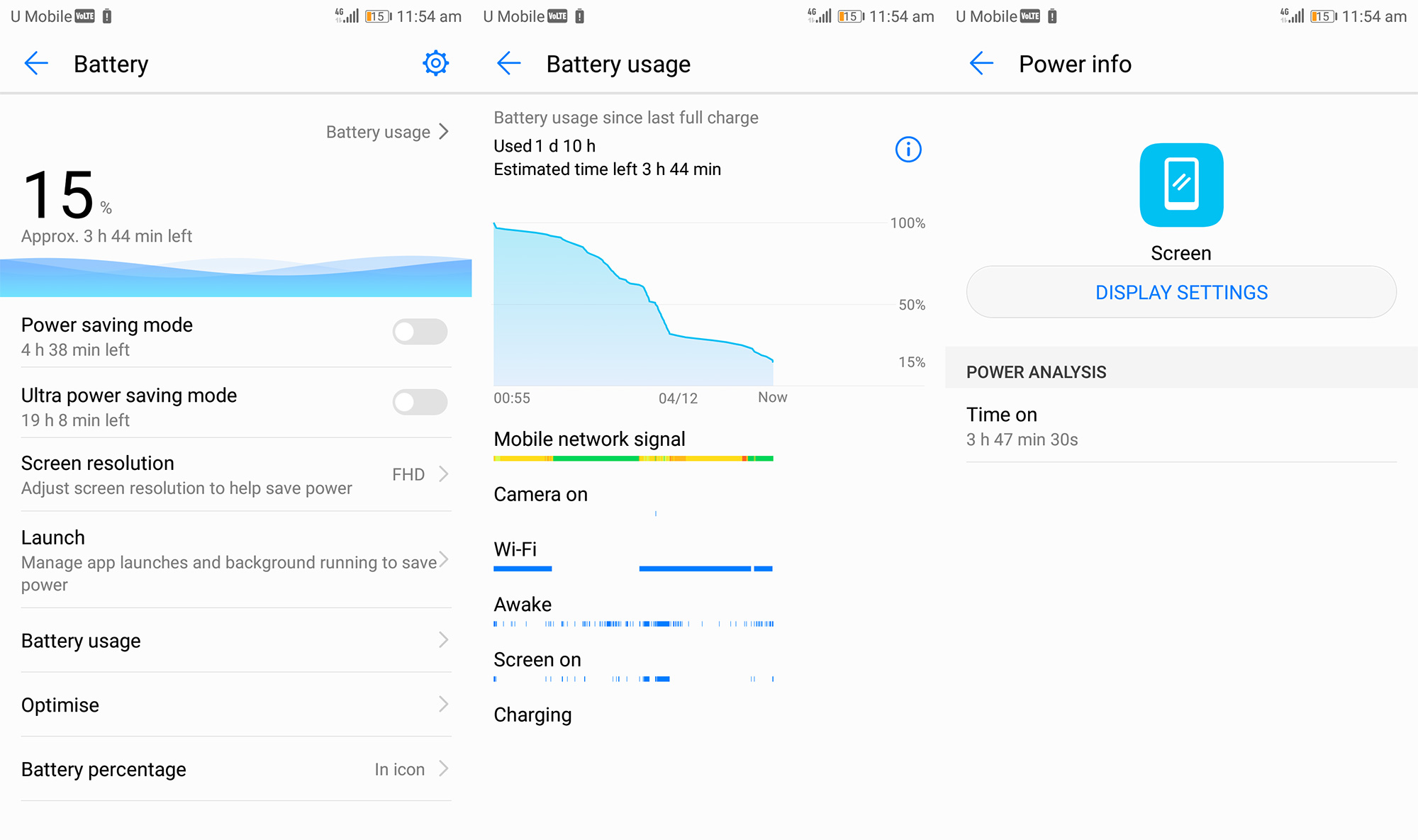
The Mate 10 packs a massive 4,000mAh battery, bigger than most flagships nowadays. Additionally, it also supports Huawei SuperCharge technology, which charges the phone rapidly. The device has a good battery life, which can last through a day easily. Sadly, the screen-on-time doesn’t seem to be as good as its predecessor. Don’t get me wrong, it’s still one of the smartphones with a good battery life. Better than the Note8 I must say.
Final Words
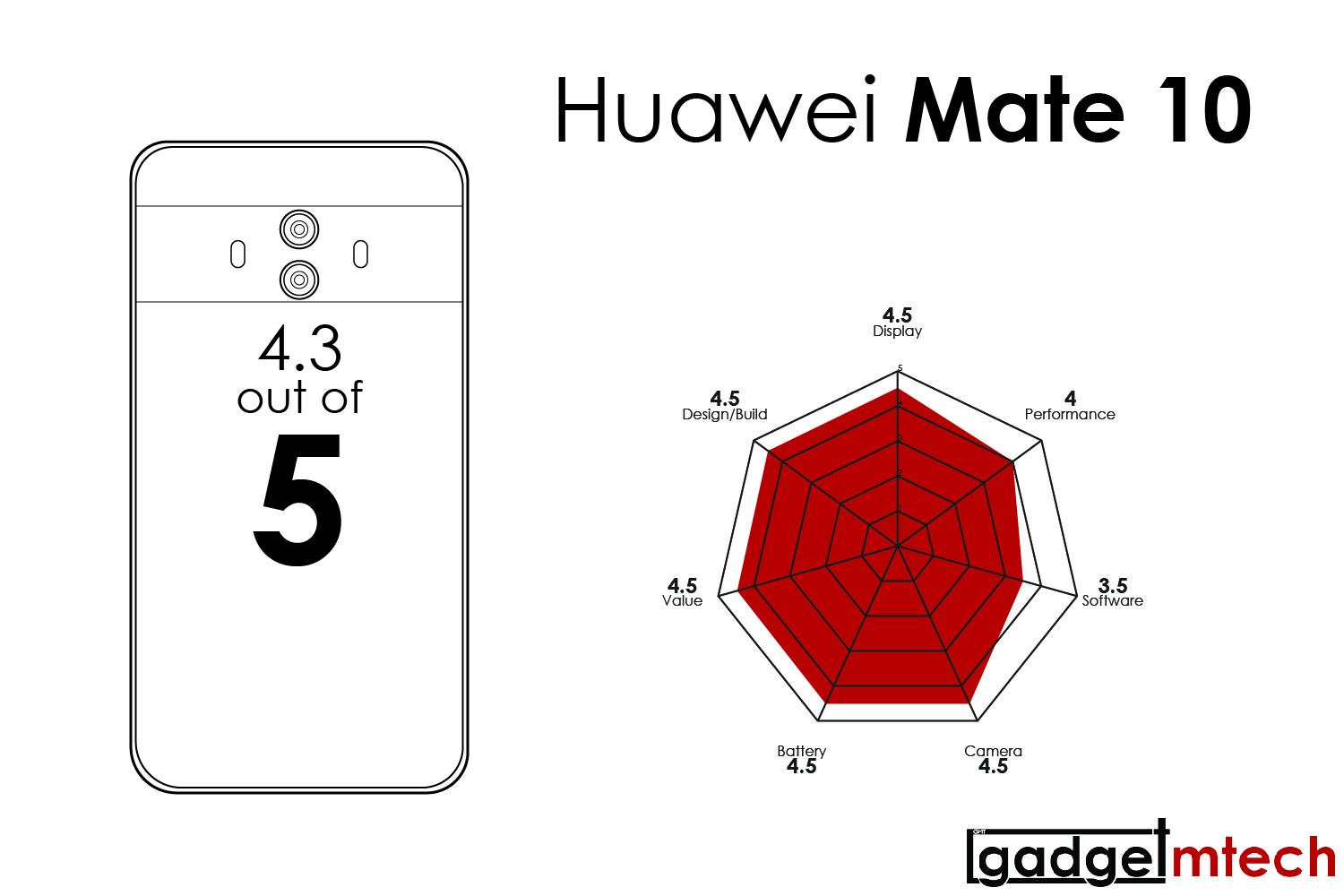
Currently retailing at RM2,299 after the price cut (down from RM2,699), the Huawei Mate 10 for sure is one of the best flagship smartphones you can get right now. The device has a well-carved design, nice display, impressive camera (not the portrait mode, though), and a great battery life. However, with such great hardware, it’s a shame for the phone to have the “not so good” software.
Yay
- Beautiful design
- Impressive camera
- Affordable
Nay
- Performance not as good as its competitors
- Not so good software experience
- Unimpressive portrait mode feature

